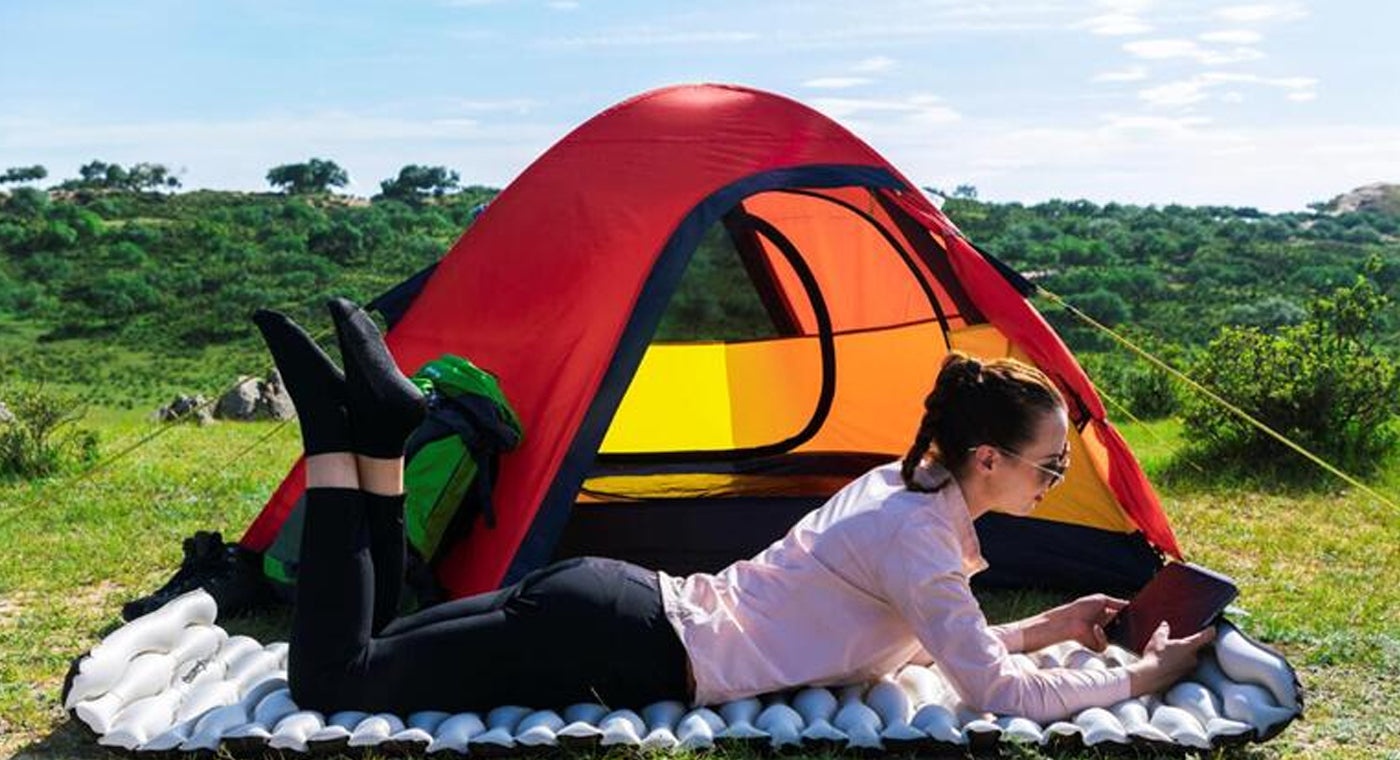One of the most important things about a successful camping trip is choosing the right campsite. Nobody wants to sleep on a slope or climbed out of the tent that was shaken by the high wind and had to find a new camping place in the middle of the night. So, we need to choose a site wisely to make our camping trip gets off to a good start.

To help you pick an ideal camping spot, we put together tips & tricks on how to find the best location.
1. KNOW MORE ABOUT YOUR CAMPING AREA IN ADVANCE
Nobody wants to set up camp in unknown spots. You need to get more messages about your campsite, as with the climate, terrain, crowded or not, activities, security, and all the gear you need.
2. READ A TOPOGRAPHICAL MAP
You can use Topographical Map and Google Earth to learn more about your camping spots. You can know the view of the lay of the land by a bird’s eye, and by Google machine get terrain features you’d otherwise never know were there.
3. THINK ABOUT THE SIZE
You need to think about the size of the location according to your camping gear and camping people. Can this camping spot have enough space for all of your tents, tables, chairs, and any other additional camping gear like a camping kitchen, inflatable sofa chairs? While auto camping, can you drive your car/camper trailer/RV into the site?
4. CHOOSE A RELATIVELY LEVEL SPOT
We all know the importance of placing tables and chairs on flat ground, otherwise, drinks and cookware will be sliding off the table. The same as a tent, picking a nice and flat ground for your tent can keep you away from slide right out of your bed or have blood rushing to your head, or both.
5. AWARE OF YOUR SURROUNDINGS
Using your ears, listen up, you will find more about your campsite. Do you hear a river runs through, or the rumbling of avalanches nearby? Can you hear stereos blaring, or noisy party sounds? Can you hear cars and trucks lumbering by on a nearby road? Listen carefully, and then avoid annoying or downright dangerous situations.
6. SET UP TENT BELOW ALIVE & HEALTHY TREES
Trees can provide natural shade for our tent, keeping our tent cool, which is important for us, especially in summer. But not all the trees are suitable as our shade keeper: gum trees are notorious for dropping limbs unexpectedly, and a large bough may break off in the middle of a windy night. Look around at the site at the trees, and choose those alive and healthy trees.
7. WIND! WIND! WIND!
The camping tent is not as stable as our house, and, you can't put all your gear in your tent when the severe winds came, so the risk of your tents and gears was being blown away by the high winds, increases. So when you pick camping spots, you can choose to set up your tents beside stable boulders and hills which can provide some protection from the wind.
Choose your comfortable home base in the wilderness! Happy camping!


Share:
Unplug – Leave Your Gadgets At Home
8 Fun Easter Ideas For Kids And Family